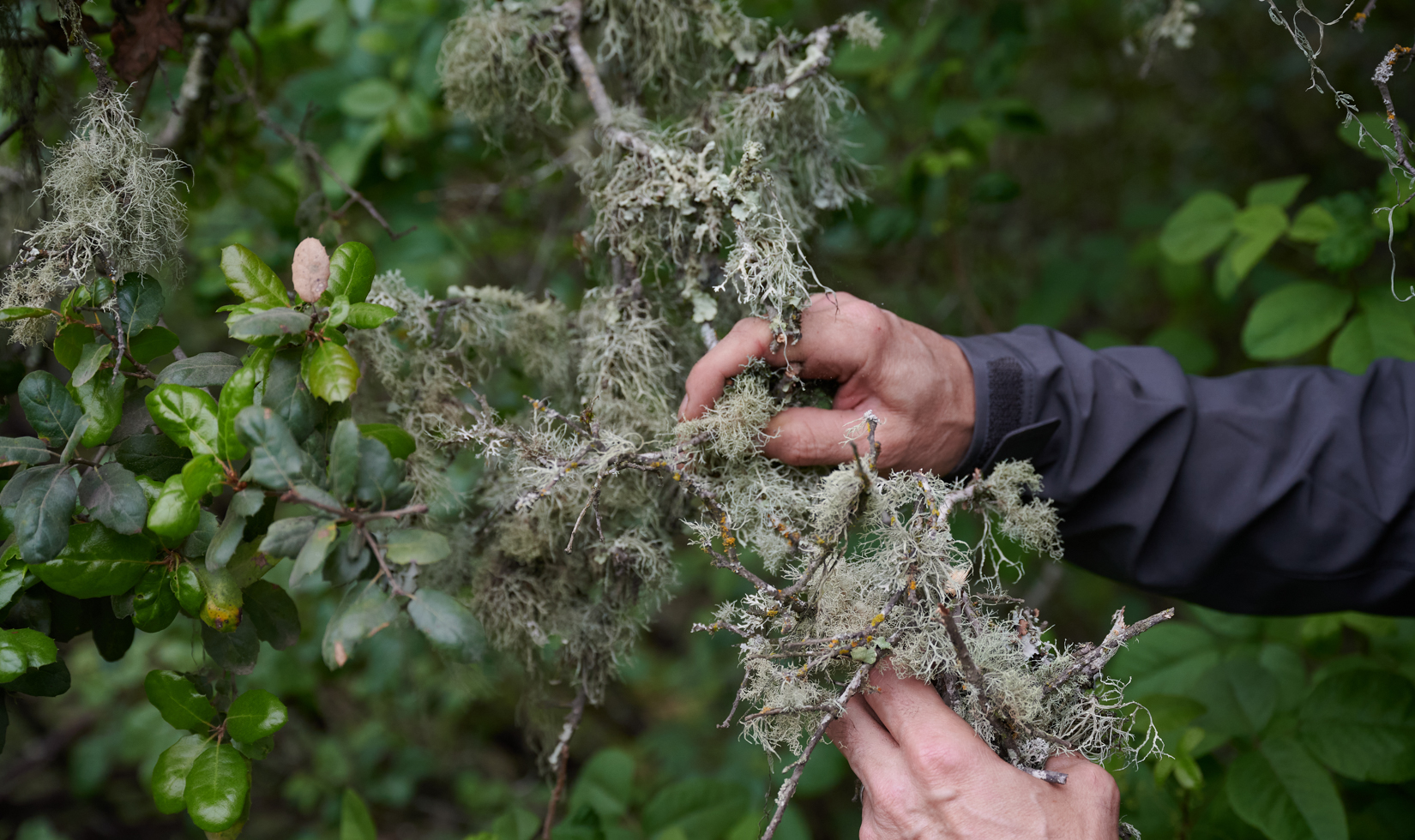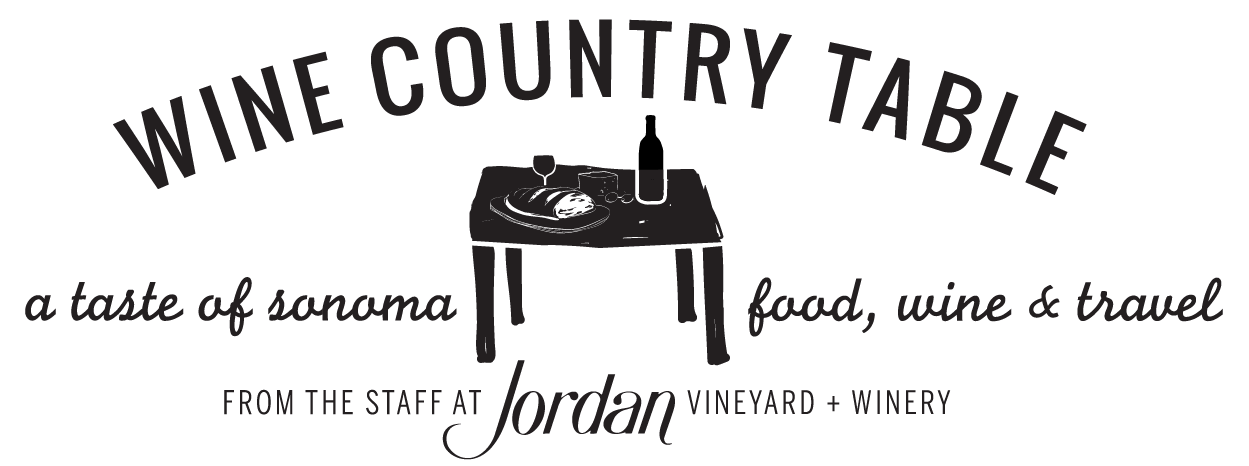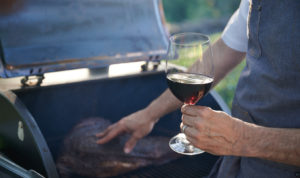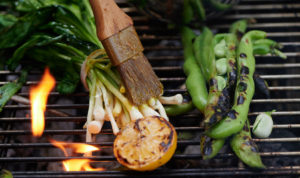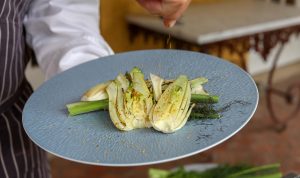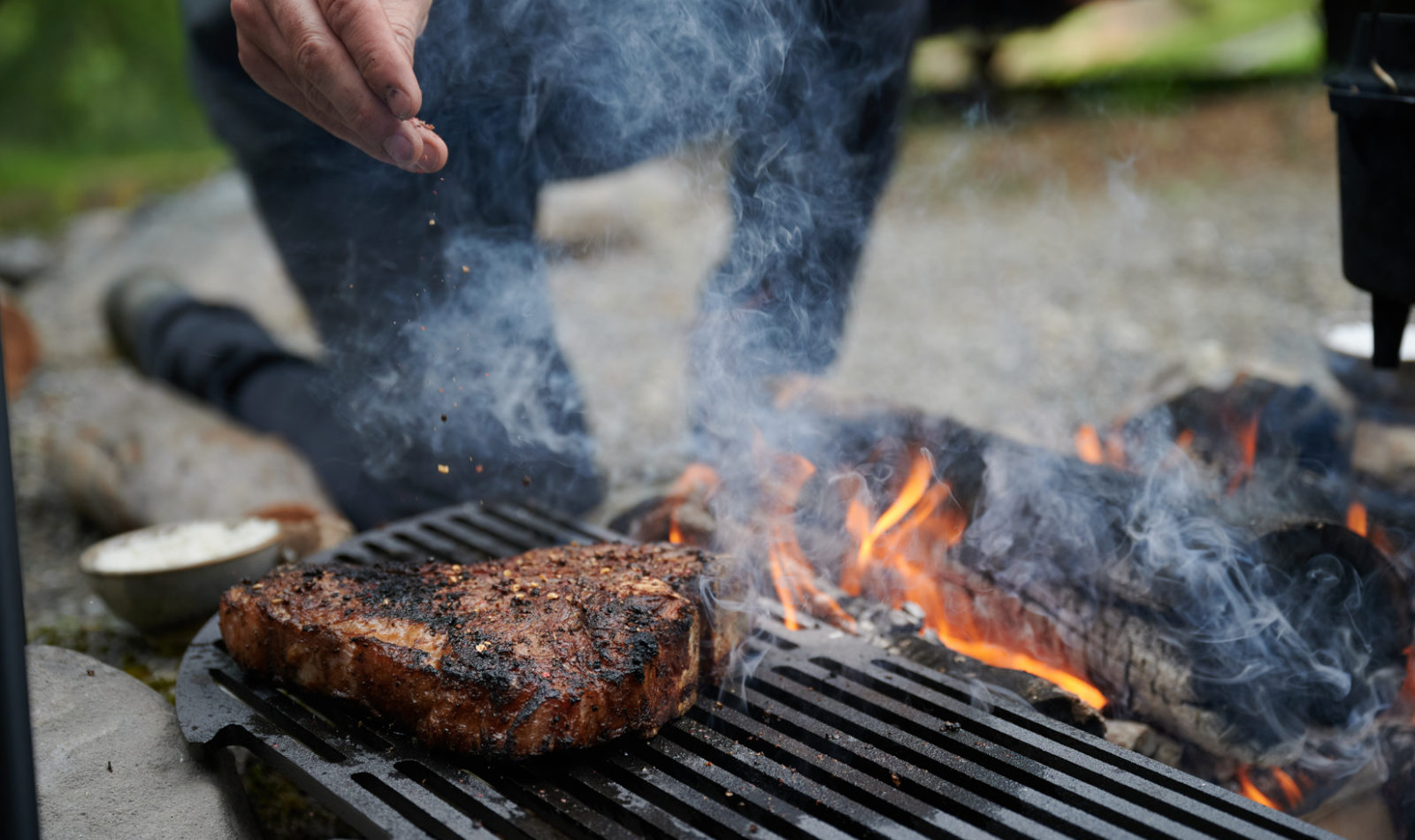
Best Fuels for BBQ and Grilling
Flames cook our food, but it’s the fuel that brings the most flavor. In this article, I explore the best fuels for BBQ and grilling—from both natural and man-made materials—to ignite ideas for your next barbecue.
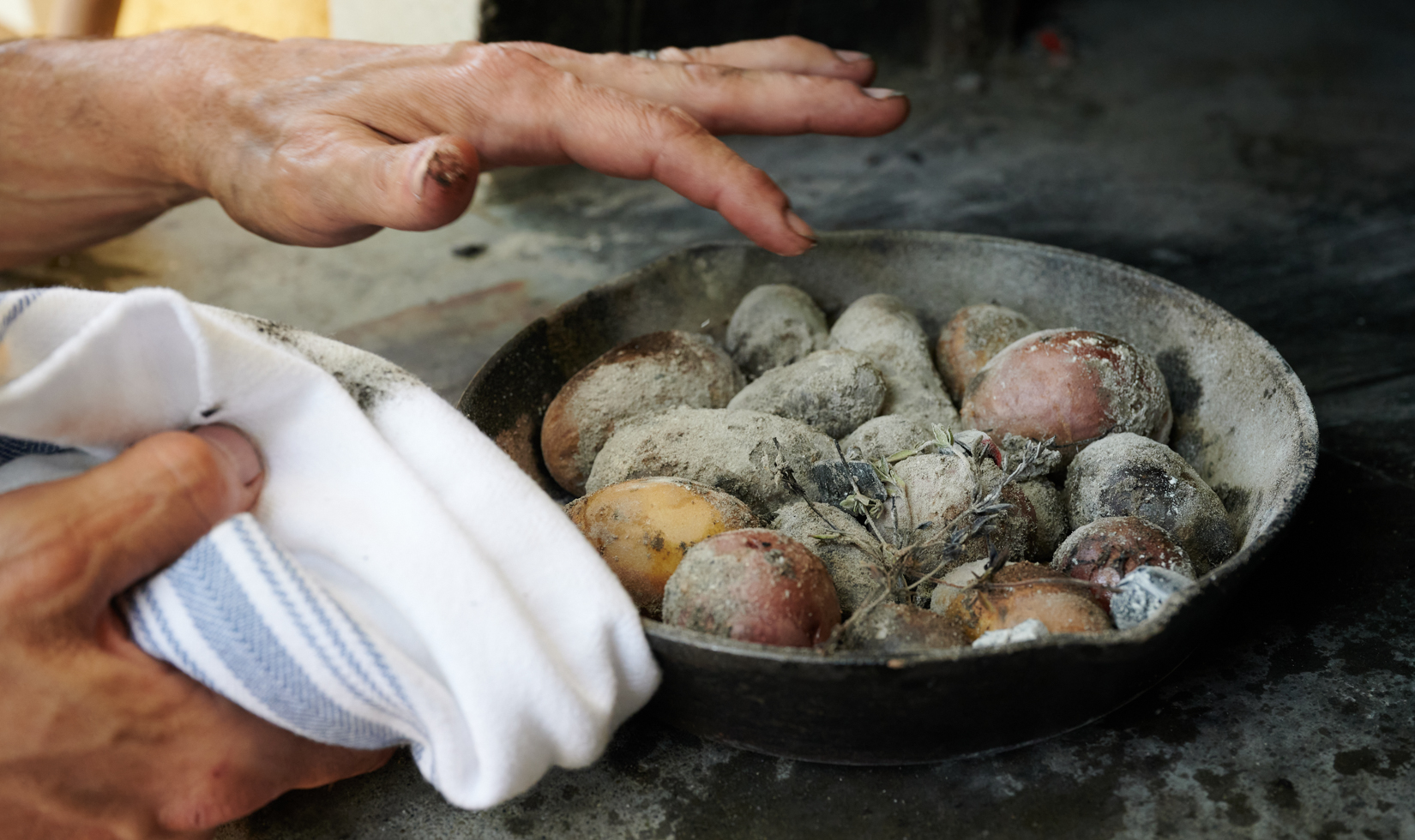
The Best Fuels for BBQ and Grilling
Charcoals
High-quality natural charcoals burn hotter, cleaner and more consistently than cheaper varieties, plus they last longer and produce less ash. As a practical bonus, charcoal is often permitted in national and state parks that restrict wood-gathering and open fires.
Briquettes
Due to their uniform density and size, briquettes provide consistent temperature control and tend to burn longer than lump charcoal. Unlike the chemically treated briquettes most of us grew up with, today’s versions—such as Kingsford’s 100% Natural Hardwood Briquettes—are increasingly made with cleaner-burning ingredients. When lighting briquettes, use very little lighter fluid (it can cause charcoal to burn too quickly) along with a chimney starter. This makes the best fuel for BBQ list because it’s easy to find too.
Lump
Lump charcoal is another chefs’ favorite because it retains the character of its source wood and contributes some of that flavor to the food. Jealous Devil is my go-to brand. It’s pure hardwood, burns long and clean, and has no sparks or pops.
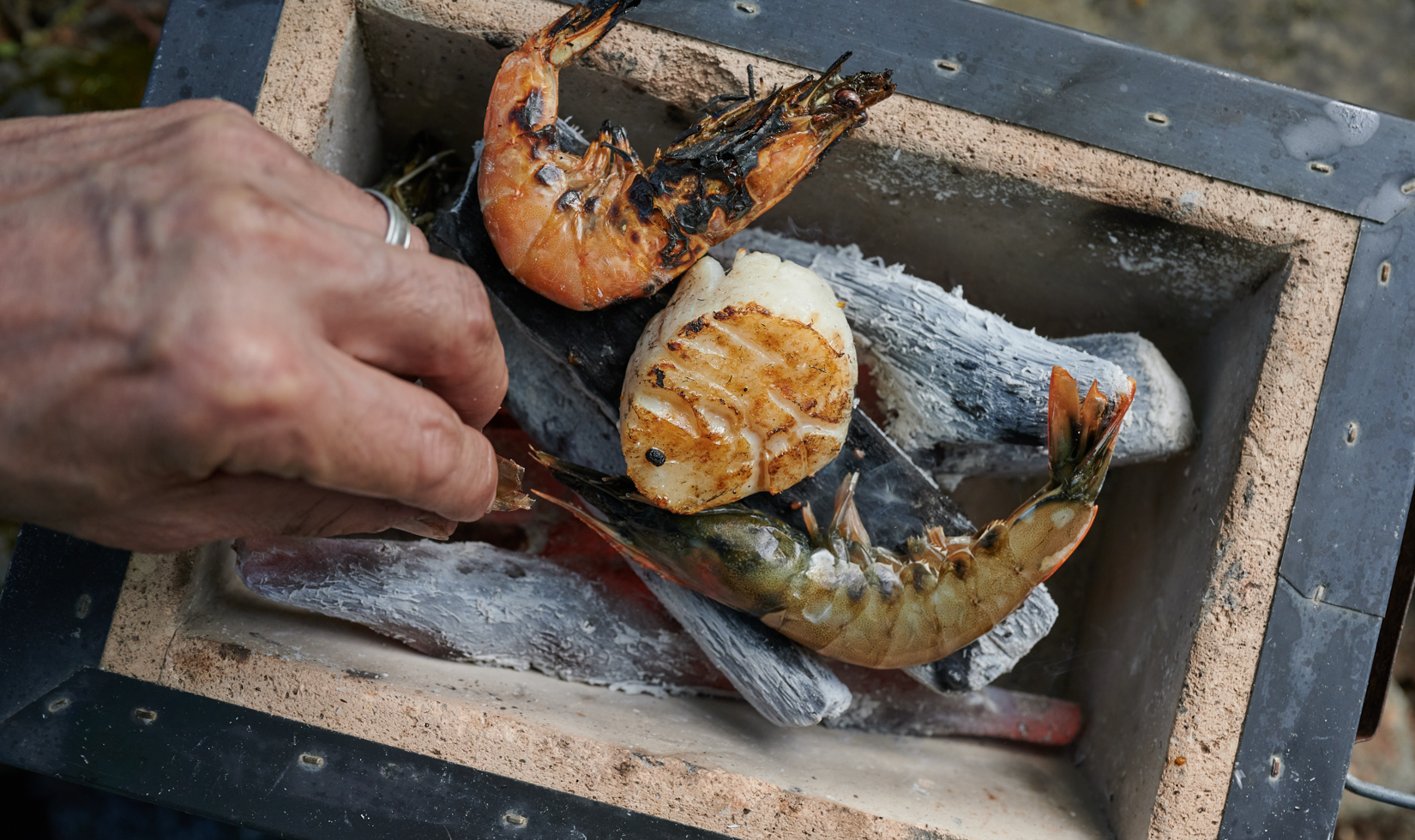
Binchotan
A third charcoal variety is Japanese binchotan, a pure, high-carbon charcoal made by heating oak to 2,400 degrees Fahrenheit, then allowing it to cool without oxygen exposure. The result is a charcoal that is almost completely odorless and allows the food’s natural flavors to shine through. The best binchotan is said to originate in the forests of Japan’s Wakayama prefecture; however, due to high demand and limited resources, the wood is becoming increasingly scarce. (Less expensive binchotan-style charcoal is now available from Thailand.) Binchotan is great when you’re cooking on a tabletop or grilling around a group of people and don’t want to smoke everyone out. (I use this fuel with Jordan’s konro grill). And because the charcoal emits infrared heat, food retains more of its natural juices.
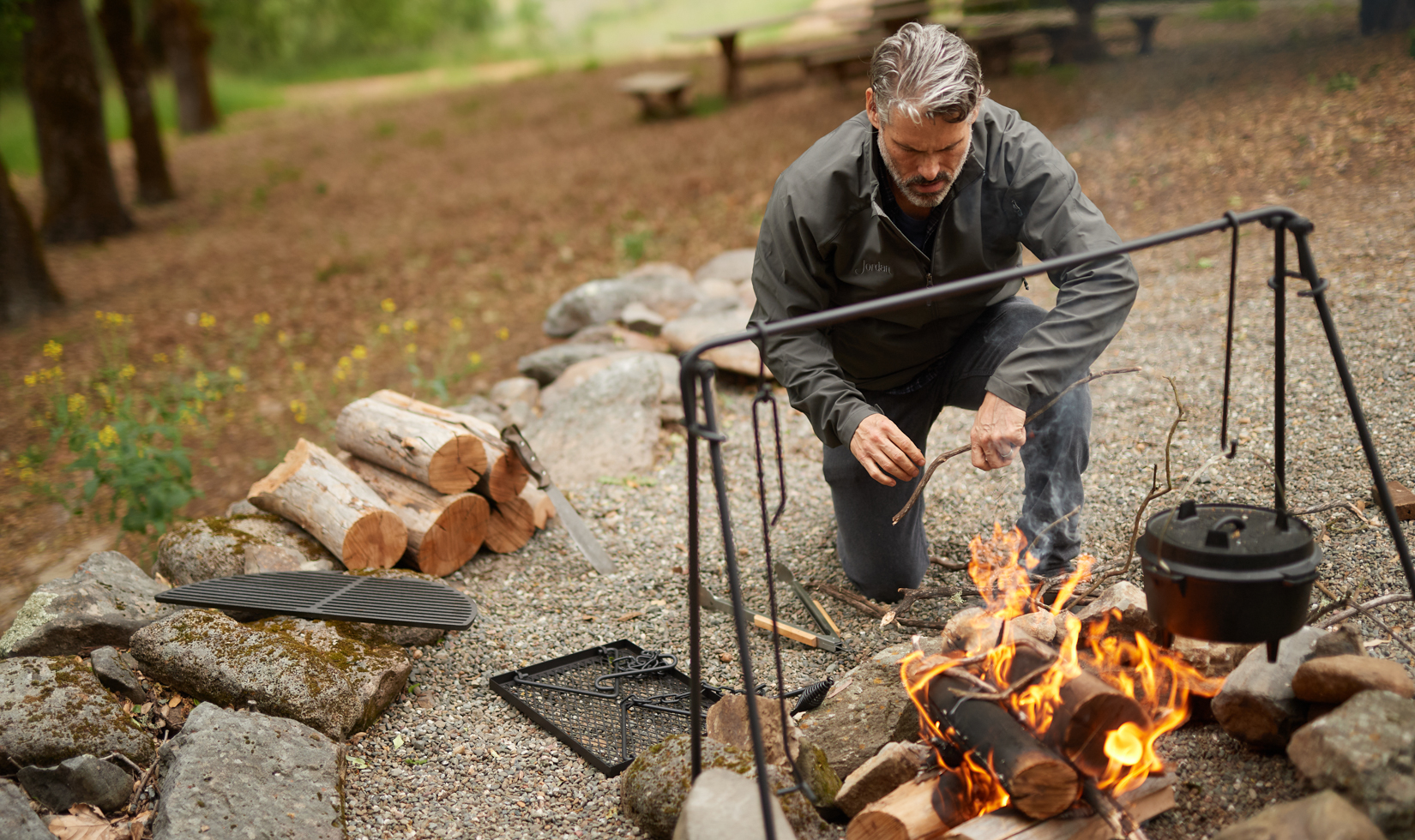
Woods
Wood will always top any best fuel for BBQ list. For this type of cooking, it’s important to match the fuel’s flavor to the food. As a rule of thumb, I recommend pairing subtle varieties with mildly flavored seafood and vegetables, and opting for more flavorful woods for bolder ingredients, such as red meats.
Fruit Woods
These tend to be milder and more delicate than other varieties. For example, apple imparts a subtle sweetness that is ideal for pork, poultry, beef and lamb. Similar to apple in its sweet and fruity profile, cherry is bold with earthy accents, making it a good choice for most meats. Grapevine cuttings, on the other hand, have pungent aromas and smoky flavors that pair well with poultry, lamb, pork and sausage. I especially love using grapevines to grill octopus.
Hardwoods
Hardwood varieties range from mild to pungent. With its subtly sweet flavor, alder is a good choice for vegetables and seafood. Next on the spectrum is poultry-friendly pecan—stronger than most fruit woods but milder than hickory and mesquite. For a robust flavor, go for hickory. It’s smoky, bacon-like profile works with many kinds of meat, especially pork. While mesquite is a popular option for grilling red meats, its bold, woody profile can be overwhelming with elegant, oak-aged wines, like Jordan Cabernet.
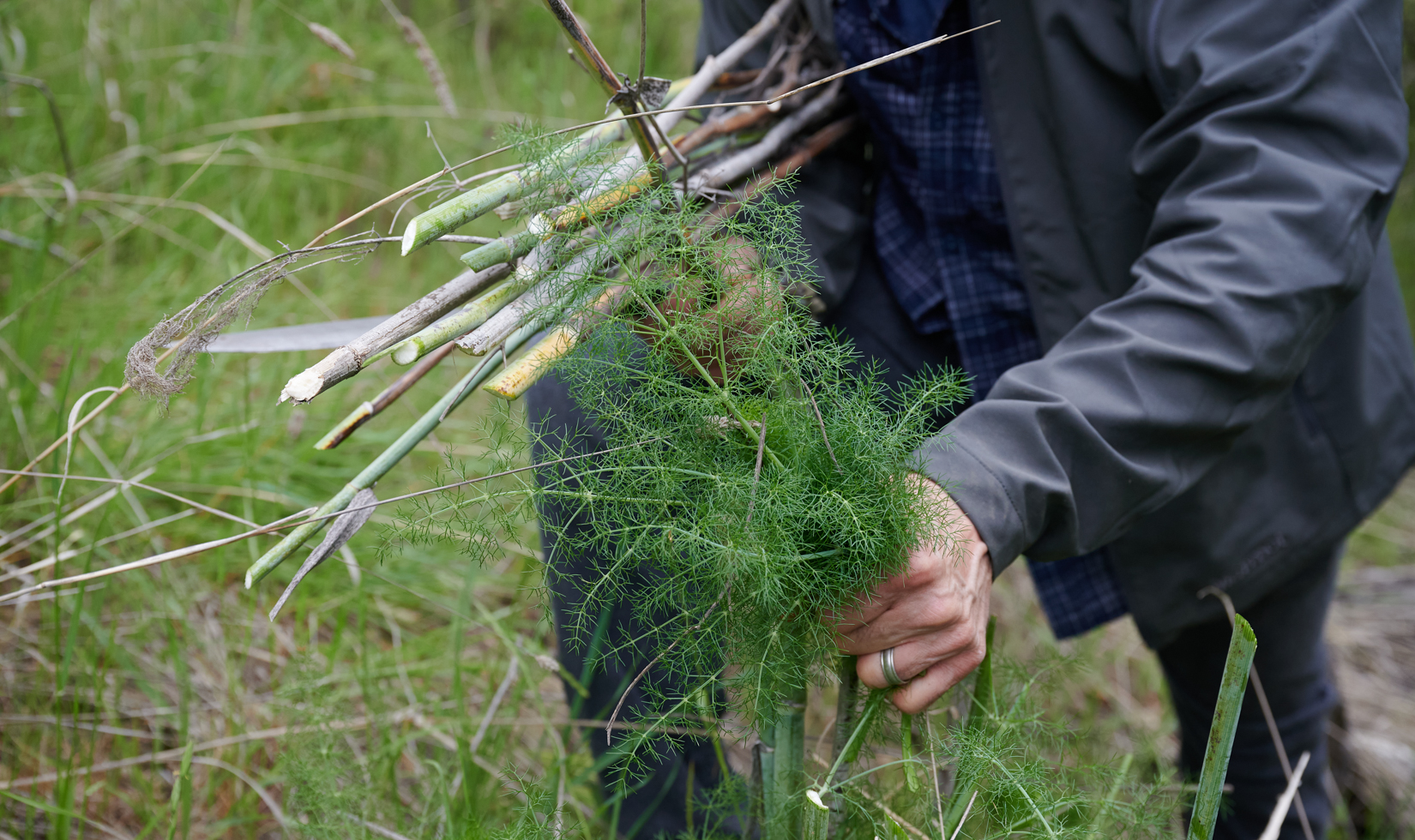
Foraged Fuels
To top off my best fuel for BBQ list, I include some of the best cooking fuels that money can’t buy. Whenever possible, I feed Jordan’s Mugnaini oven with tree branches foraged from the winery estate.
Madrone
Madrone burns hot and clean, and since the dead and cured branches often remain attached to the live tree, they can be used for smoking or grilling immediately after they’re harvested. This BBQ fuel offers a smoother, sweeter and less aggressive flavor than mesquite or Hawaiian kiawe trees. It also burns consistently without the popping fireworks. At Jordan, I use foraged madrone wood as fuel for chicken, beef, pork and pizzas. Madrone can also cook tuna steak or wild salmon, but I caution against using it for hamachi, snapper or other delicate fish. Even a less aggressive wood will overpower delicate fish.
Fennel
Those who visit Wine Country during summer likely see towering stalks with yellow flowers growing along the many roadways. That is wild fennel—another favorite foraged fuel. I also like to collect fennel fronds from the slopes and grasslands of Jordan Estate to bring a hint of anise flavor into a grilled dish. We dry fennel stalks throughout the summer and until the first fall rains, so we have access to the fuel year-round. I like to finish grilling a whole fish over fennel’s intoxicating anise smoke, drizzled with Jordan olive oil, oregano and lemon. It’s instantly Mediterranean.
Oak
Oak is another go-to foraged wood, and with hundreds of acres of oak-filled open space at Jordan Estate, I fortunately have endless access to this BBQ fuel. It’s an especially great complement to the oak aging in Jordan’s wines and its smoky flavors pair with just about any type of meat—especially lamb recipes.
